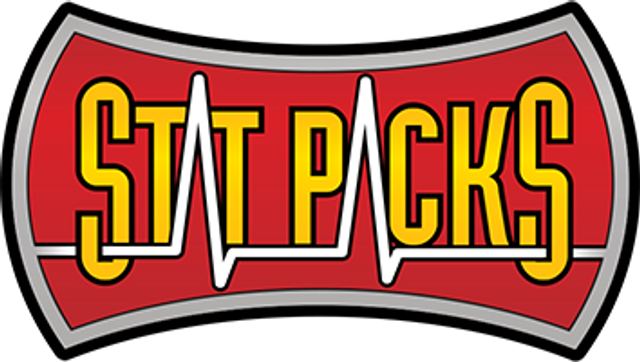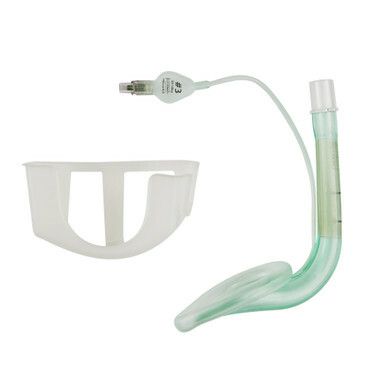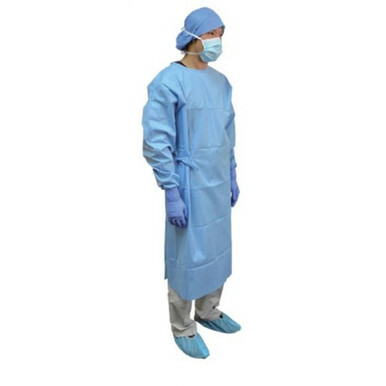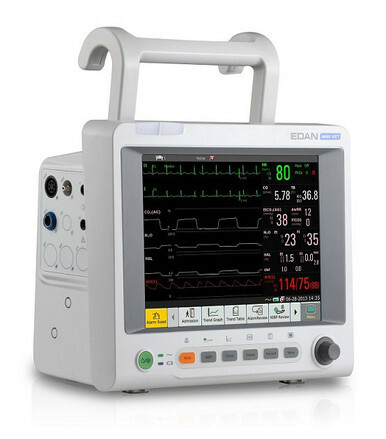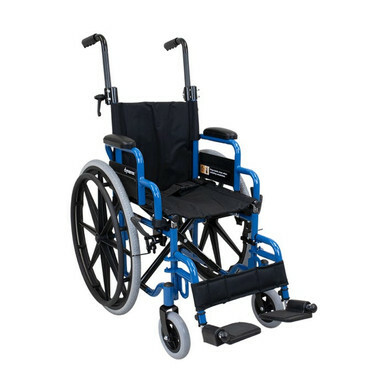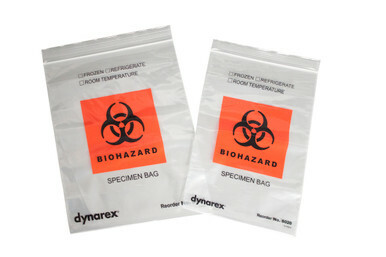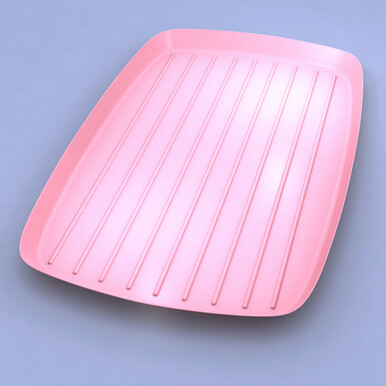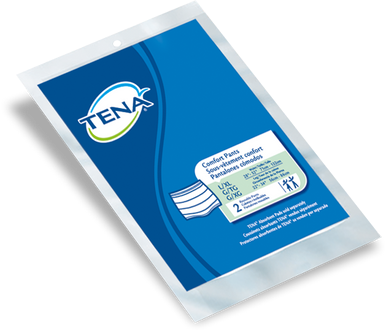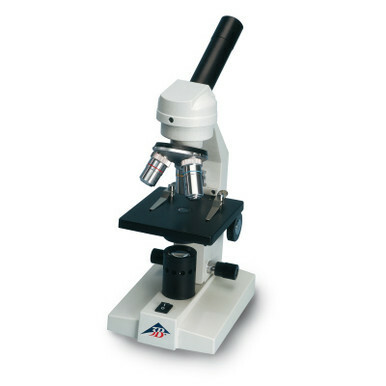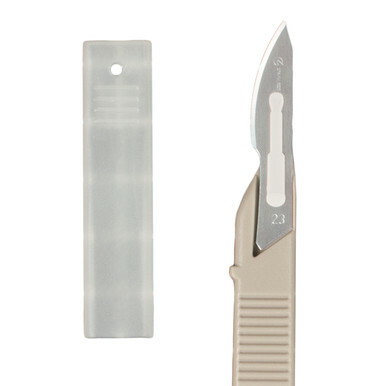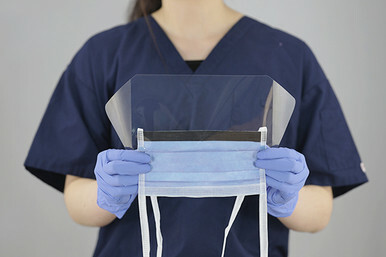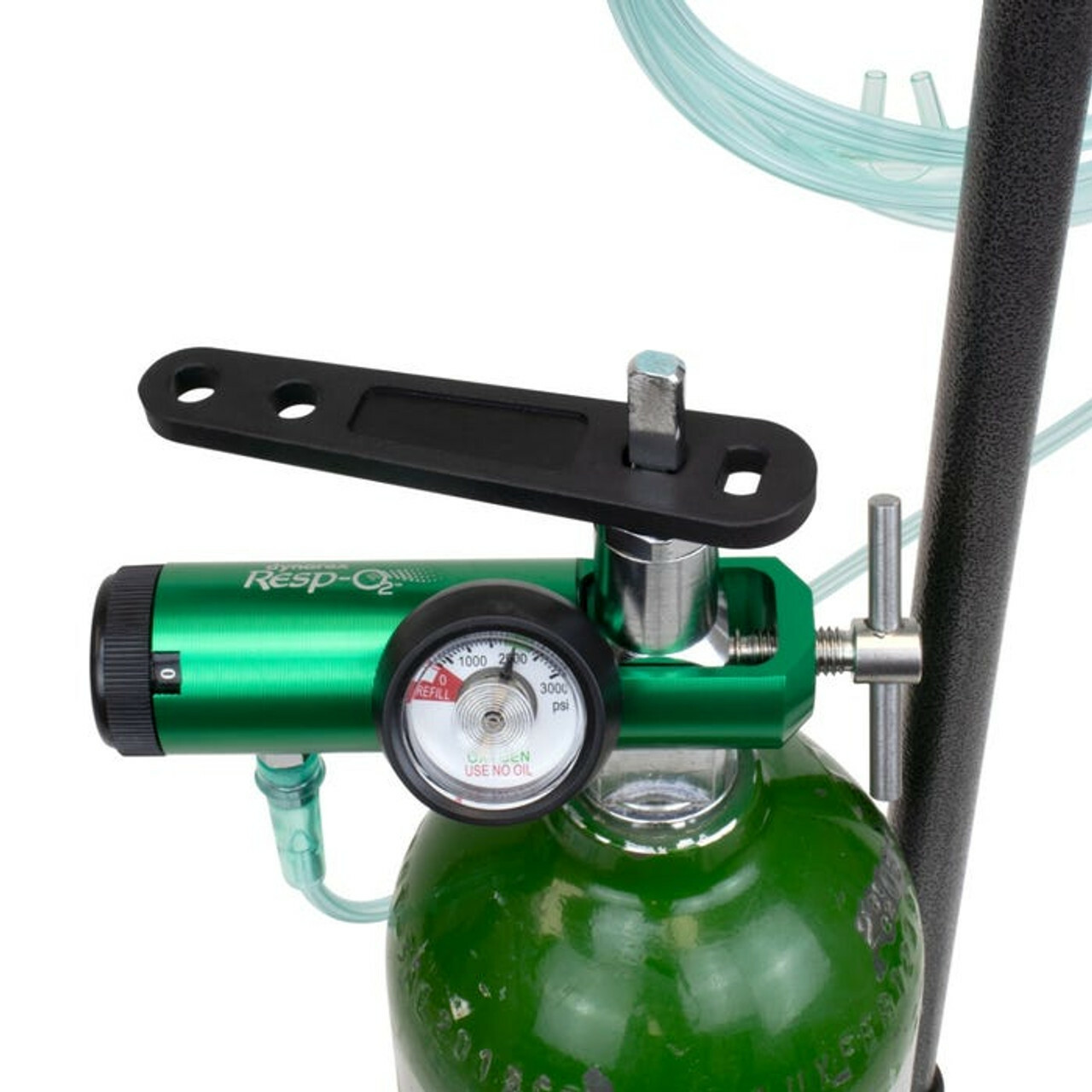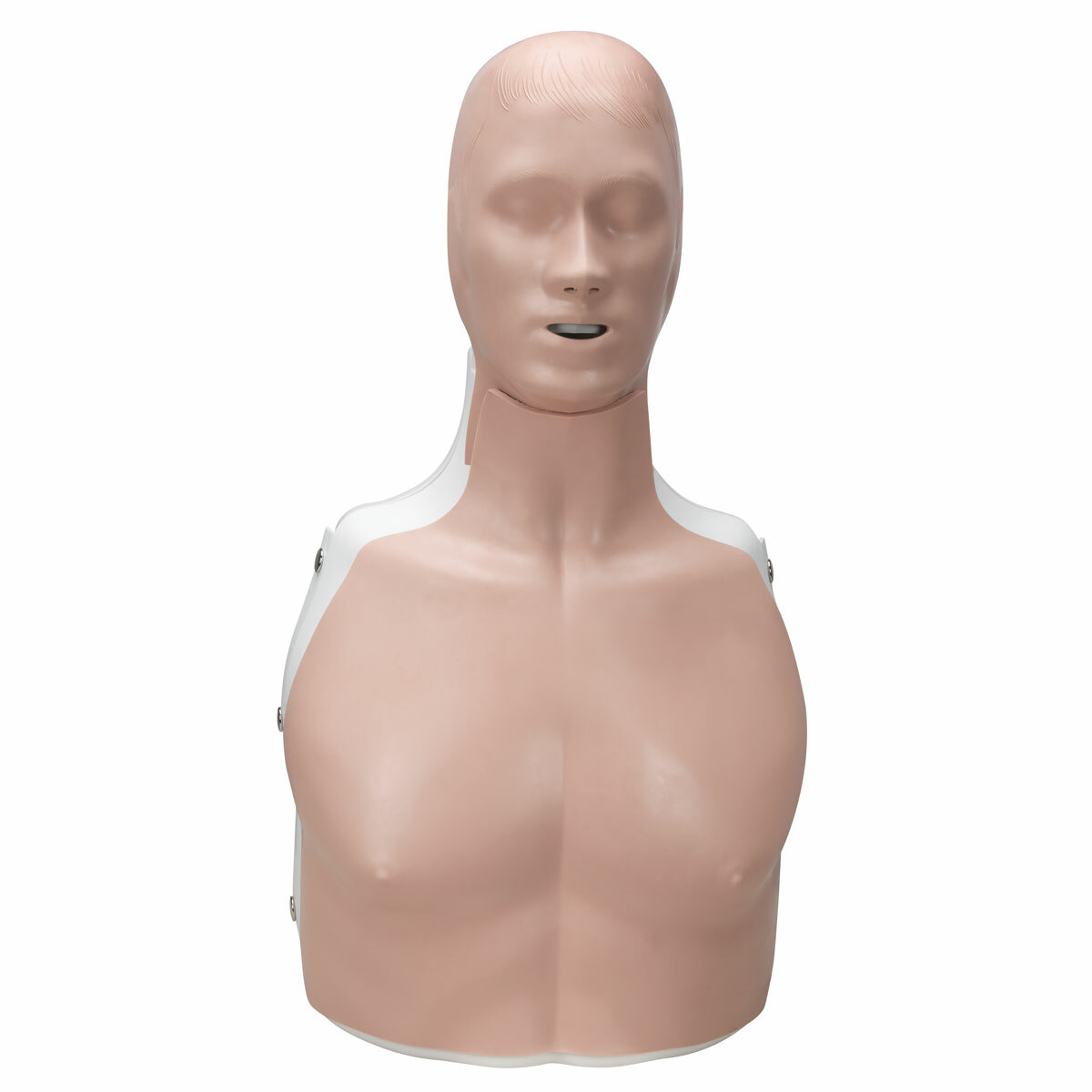Students examine their own blood to better understand the clotting process. Students discover their own clotting times studying coagulation rates and bleeding times.
They observe the formation of fibrin threads in clotting, and study the effects of calcium on blood clotting. Individualized worksheets and sterile components make this a highly motivational lab activity. Includes 50 capillary tubes, 50 microscope slides, 50 red mixing spatulas, 50 pre-saturated alcohol pads, absorbent paper, 50 disposable sterile lancets, a bottle of saline-citrate solution, a bottle of calcium carbonate solution, a teacher's guide with SDS, and 50 student worksheets and guides. Required but not included: microscopes.
The Blood Clotting Experiment (SB51834) is an educational kit designed to provide students with a practical understanding of the blood coagulation process. Through interactive experiments, learners can observe the mechanisms of hemostasis, gaining insights into how blood clots form and the factors influencing this vital physiological response.
Key Features:
-
Interactive Learning: Engages students in hands-on activities to observe and analyze the stages of blood clotting.
-
Comprehensive Materials: Includes all necessary components to conduct experiments demonstrating coagulation processes.
-
Educational Value: Enhances comprehension of hemostasis, clotting factors, and related blood disorders, aligning with curriculum standards in biology and health sciences.
-
Suitable for Various Educational Levels: Ideal for middle school, high school, and introductory college courses focusing on human biology and physiology.
This kit serves as a valuable resource for educators aiming to provide students with a tangible understanding of blood clotting, bridging the gap between theoretical knowledge and real-world biological processes.




